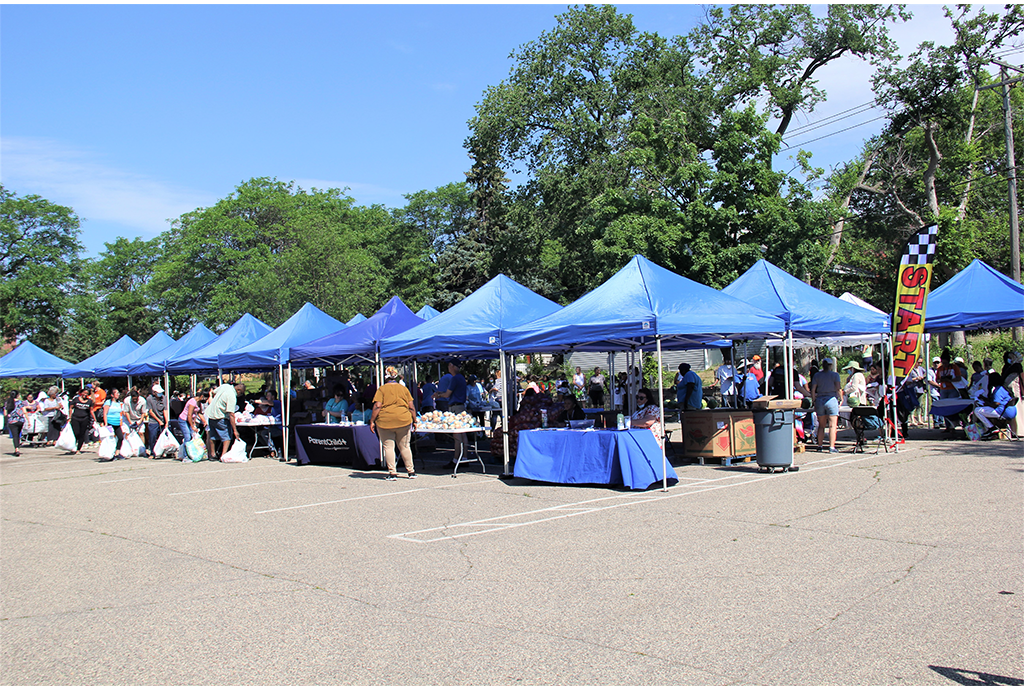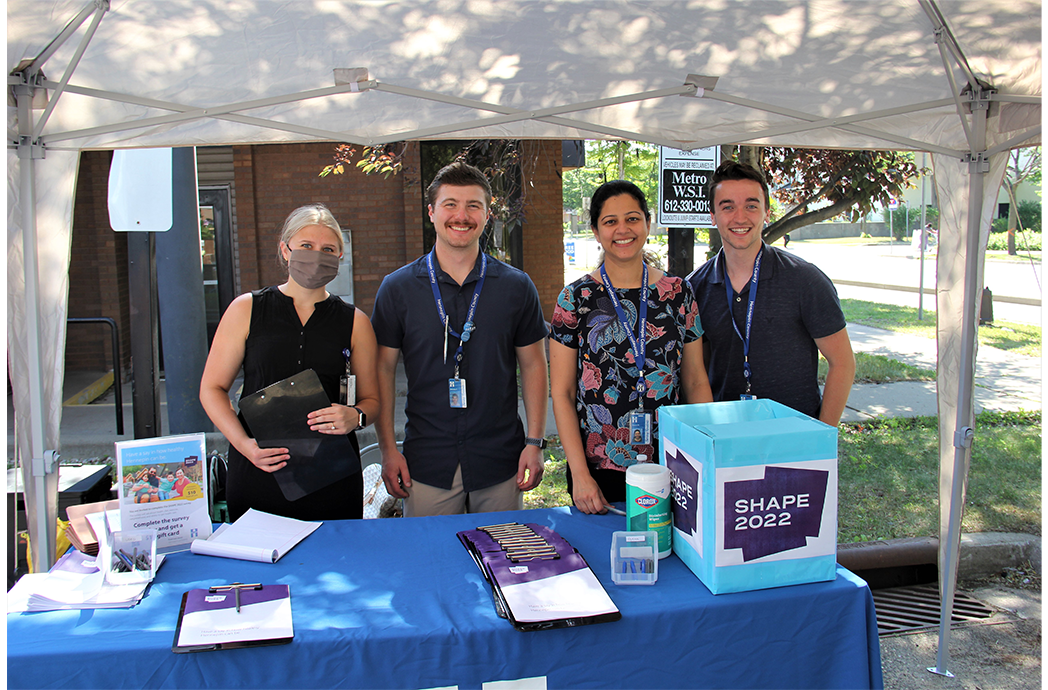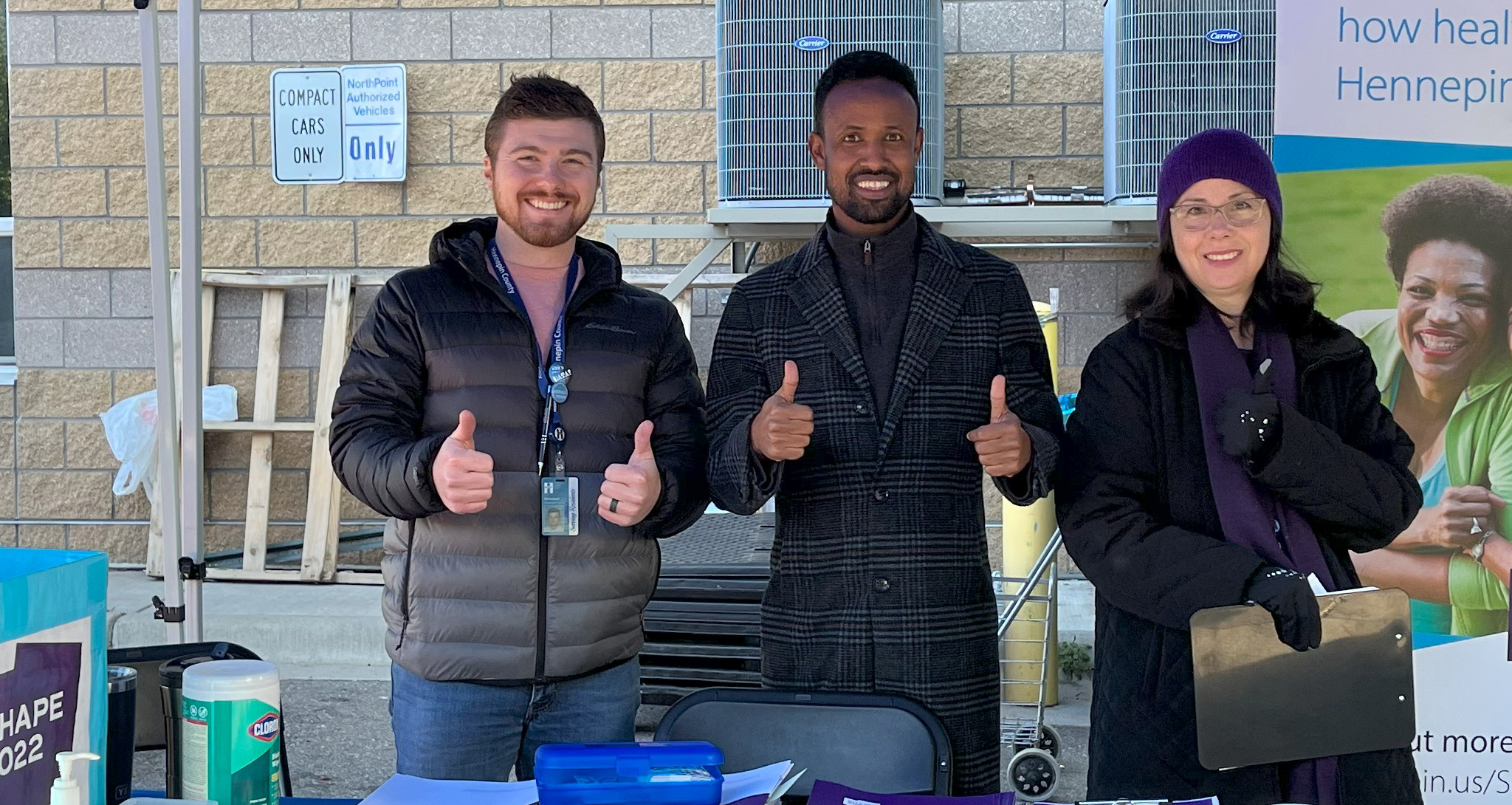

For 25 years the SHAPE survey has served as a tool to better understand the health and well-being of Hennepin County residents. The “Survey for the Health of All of the Population and Environment” (SHAPE) has expanded from a typical, mailed paper questionnaire, to an inclusive, multi-method community data gathering effort.
SHAPE is not just about health statistics; it's about real people, their lives, and finding opportunities to advance health and racial equity in Hennepin County.
The SHAPE survey – conducted every four years since 1998 – asks Hennepin County residents about the factors that influence their health, such as diet, physical activity, housing, health care, and more. Over the years, the survey has included questions addressing timely issues. The 2022 survey asked questions about COVID-19.
SHAPE provides a snapshot of community health in Hennepin County. The data helps guide the allocation of resources by informing the county's response to emerging challenges, including public health issues. Since its inception, public health, human services, and nonprofit partners have used SHAPE data to address public health issues, like reducing tobacco use, or expanding access to healthy foods.
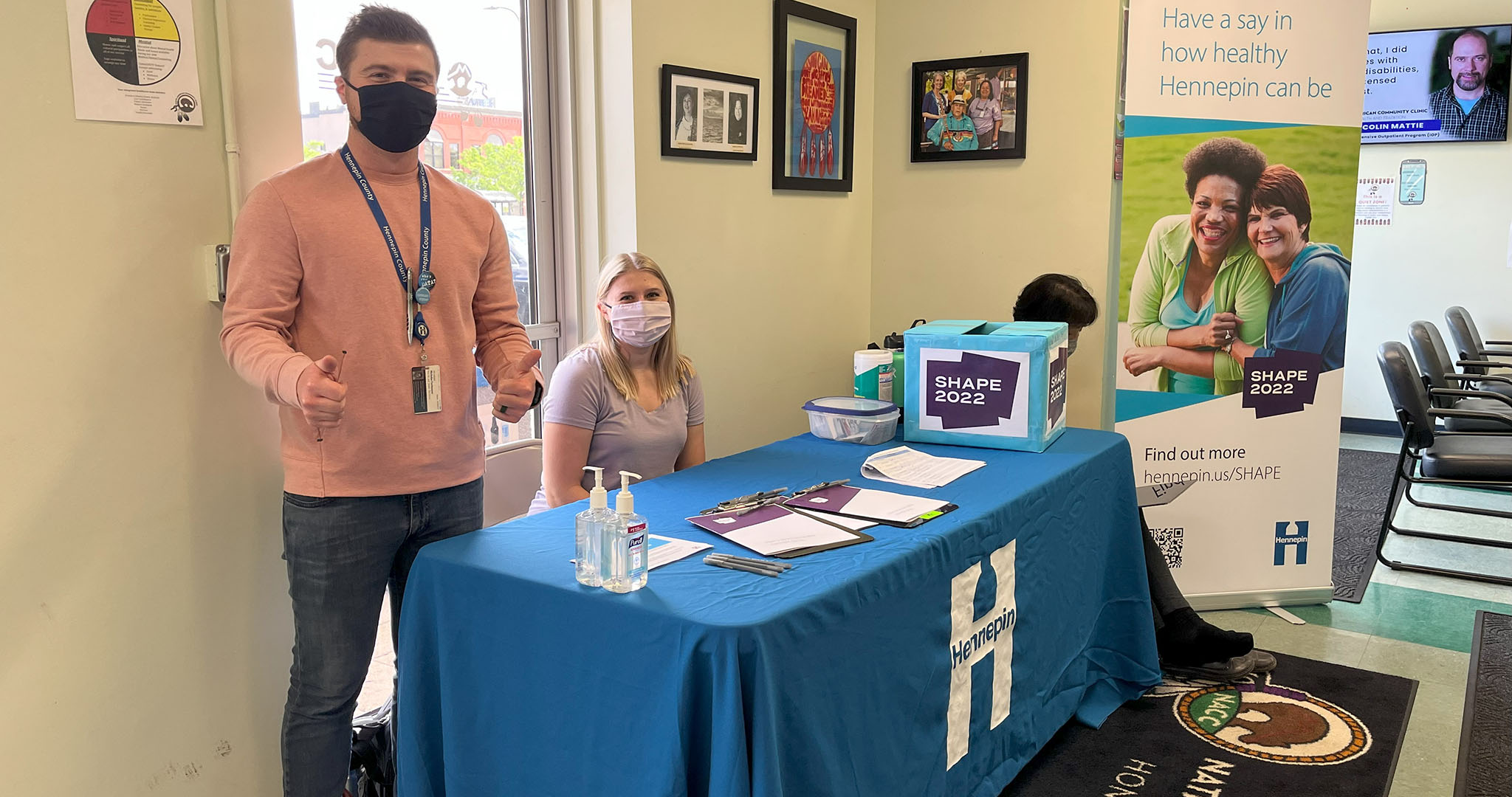
It’s critical that SHAPE results are fully representative of Hennepin County’s diverse communities and reflect the demographics of the county, including differences in income, education, race, ethnicity, gender, sexual orientation, and languages spoken.
The survey is mailed to approximately 40,000 residents of Hennepin County each time that SHAPE is conducted.
In the past, mailed SHAPE surveys have not been successful with engaging residents from some communities and groups. It is a well-known problem in survey research that certain demographic groups are frequently underrepresented with mailed, paper surveys, including:
To help address those gaps, in 2018, SHAPE began collecting survey responses in person. Public Health staff held in person survey events at Hennepin County human services centers. The SHAPE team offered surveys in multiple languages, translation, interpretation, and incentives for participation. They also attended the events and talked to people about the survey, helping address concerns about participating.
“So many people are excited to do the survey. They said, ‘thank you for being here’ or ‘these are good questions,’” said Komal Mehrotra, one of the SHAPE team members, reflecting conversations with community members.
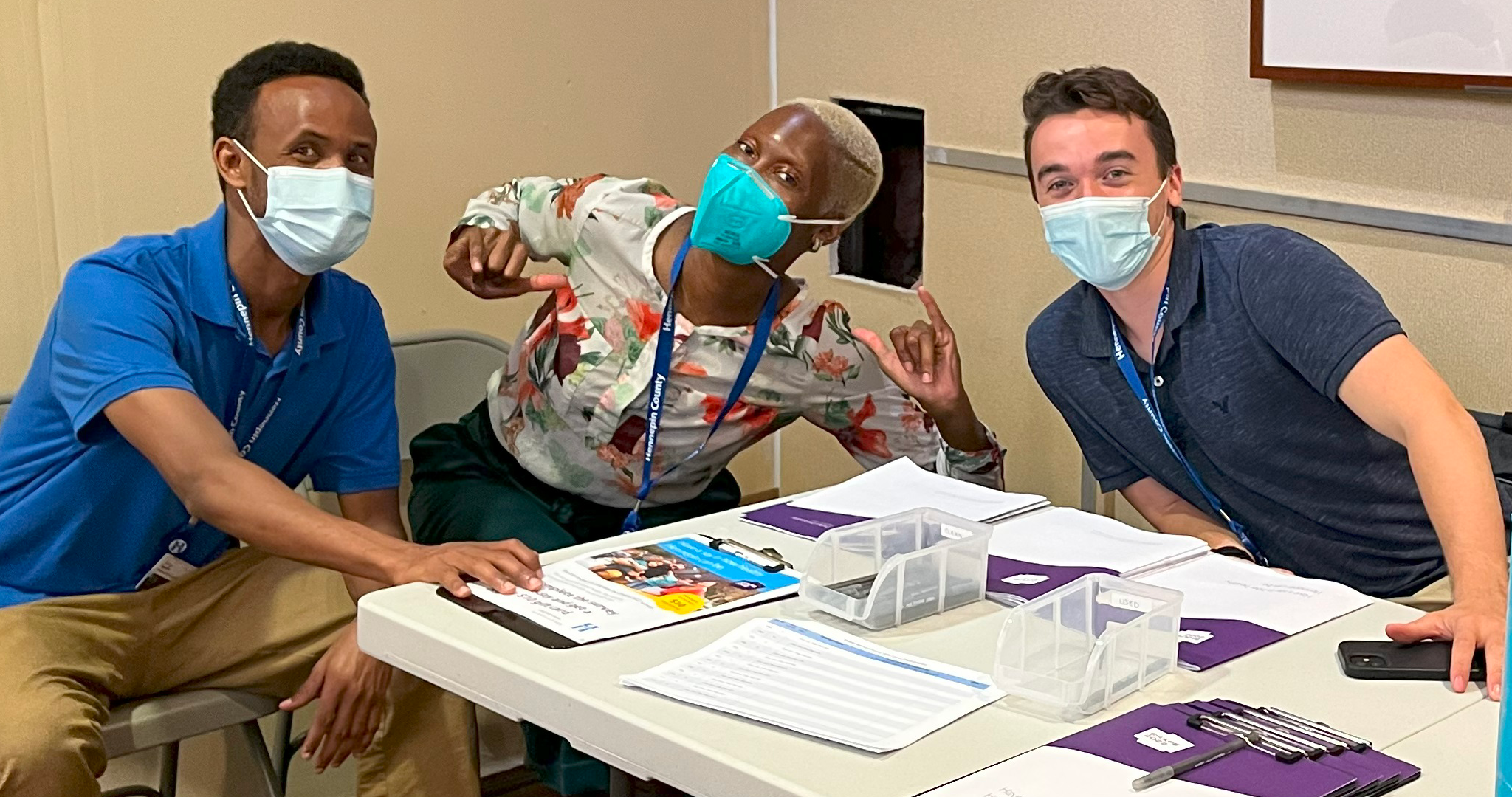
Community partners say for people in some cultures, connecting in person works much better.
Many of the county locations where the team collected surveys in 2018 changed due to the COVID-19 pandemic. So, in 2022, SHAPE staff approached community organizations for support. SHAPE partnered with 10 community organizations to hold more than 50 in-person events in the summer of 2022. These partnerships played a crucial role in making the 2022 SHAPE the most inclusive survey to date. The county partnered with:
“We've seen the impact of in-person events as community members are able to connect with workers who may reflect them culturally,” said Mayly Xiong, community health manager at CAPI USA. “[This] holds a great value in being able to communicate in different languages and being culturally sensitive.”
“The feedback you get in person is so valuable,” said Awol Windissa, director of Community Health at Pillsbury United Communities. Windissa noted that community members shared their concerns on a range of topics from Medicaid to the opioid crisis. The organization serves people whose first languages include Oromo, Somali and Spanish.
Windissa said taking the time to connect in person helps ensure representation. It also demonstrates commitment by the county and the partnering service organization, including Pillsbury United Communities.
The team and partners worked to make the events vibrant community gatherings, ranging from open houses to free fresh food days and summer fiestas. Building on the successes of 2018, the team continued to offer incentives for residents, as well as offering stipends to the community partners who provided staffing and other support to make these events successful.
“People light up when they hear me speaking their language … I think it shows we’re making the effort to hear from them,” said Eidan Silver, SHAPE intern. As a result, hundreds of residents completed the survey in Oromo, Spanish, Somali, Hmong, Vietnamese, Lao, Arabic, and Amharic.
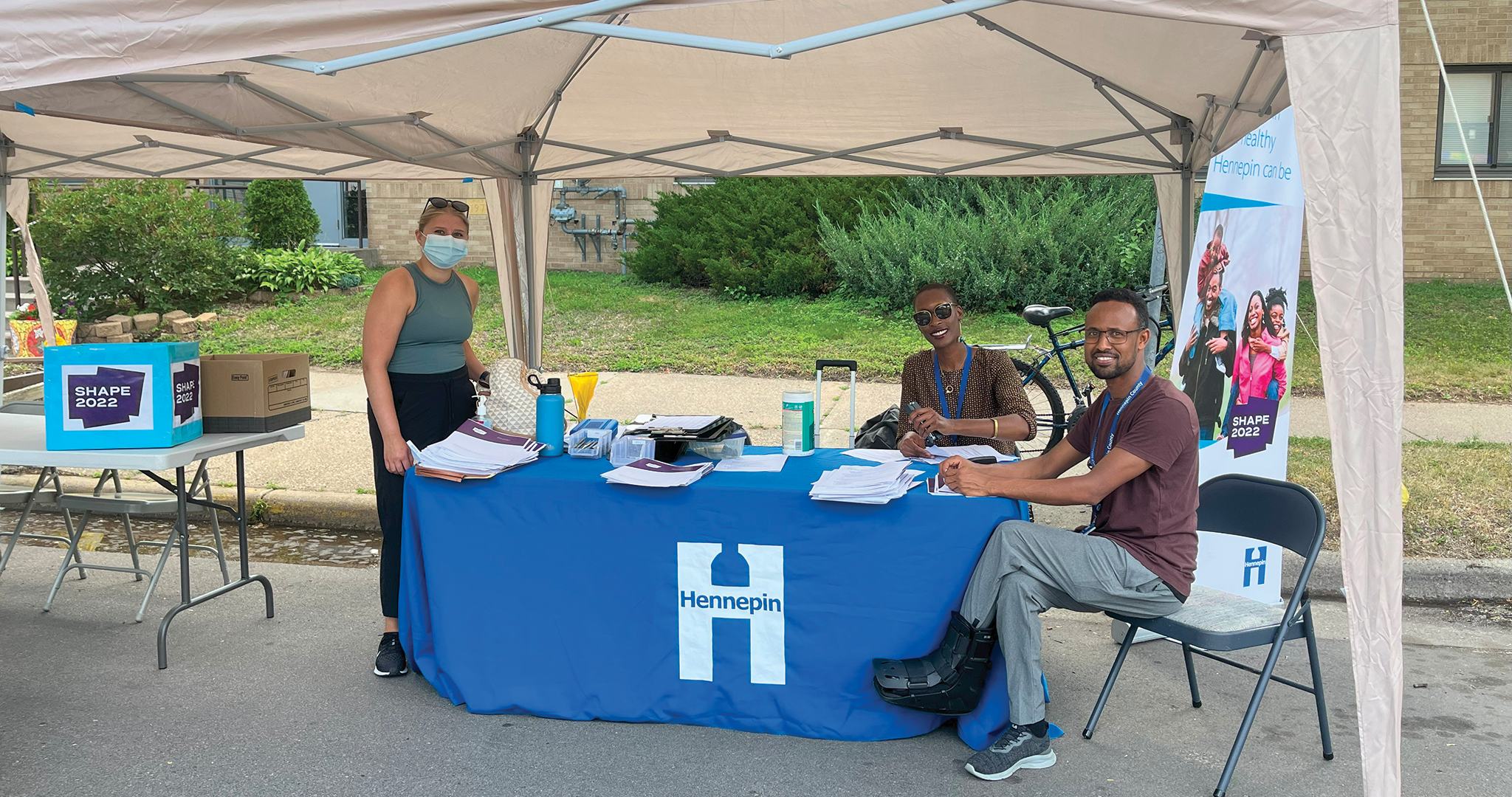
The result of these efforts is seen in the diversity of in-person respondents. SHAPE 2022 in-person data collection efforts reached demographic groups that had been underrepresented in previous surveys. This includes young adults ages 18 to 24; individuals with lower education levels; Black, Indigenous and people of color; and residents whose first language is not English.
But what happens with the data and how does it affect the lives of Hennepin County residents?
The county’s team of experts are in the process of analyzing and understanding the survey’s results.
The wealth of SHAPE data guides public health initiatives. The results show who in the community may be experiencing poorer health or facing barriers to health. This helps staff and community members design solutions to meet the needs of residents.
The new approach to partnerships and in-person events with community-based organizations had benefits beyond increasing the diversity of survey responses.
Survey data from the in-person events was shared back with all partner organizations, including CAPI USA and Pillsbury United Communities.
“The information has been immensely helpful in deciding what program interventions would be of most interest by the community and has been applied in grant applications so that we can attempt to bring health resources to our community,” said Xiong, of CAPI USA.
For the community, hearing about the results and being able to help co-create solutions will further build trust, said Windissa, of Pillsbury United Communities.
The data gathered from SHAPE is available online in a downloadable PDF data book at hennepin.us/shape. There is also an interactive data dashboard, allowing anyone to see and interact with the data. Additionally, the SHAPE team can provide data and analysis to community members, researchers, and organizations upon request. To learn more and request access, visit the SHAPE webpage.
